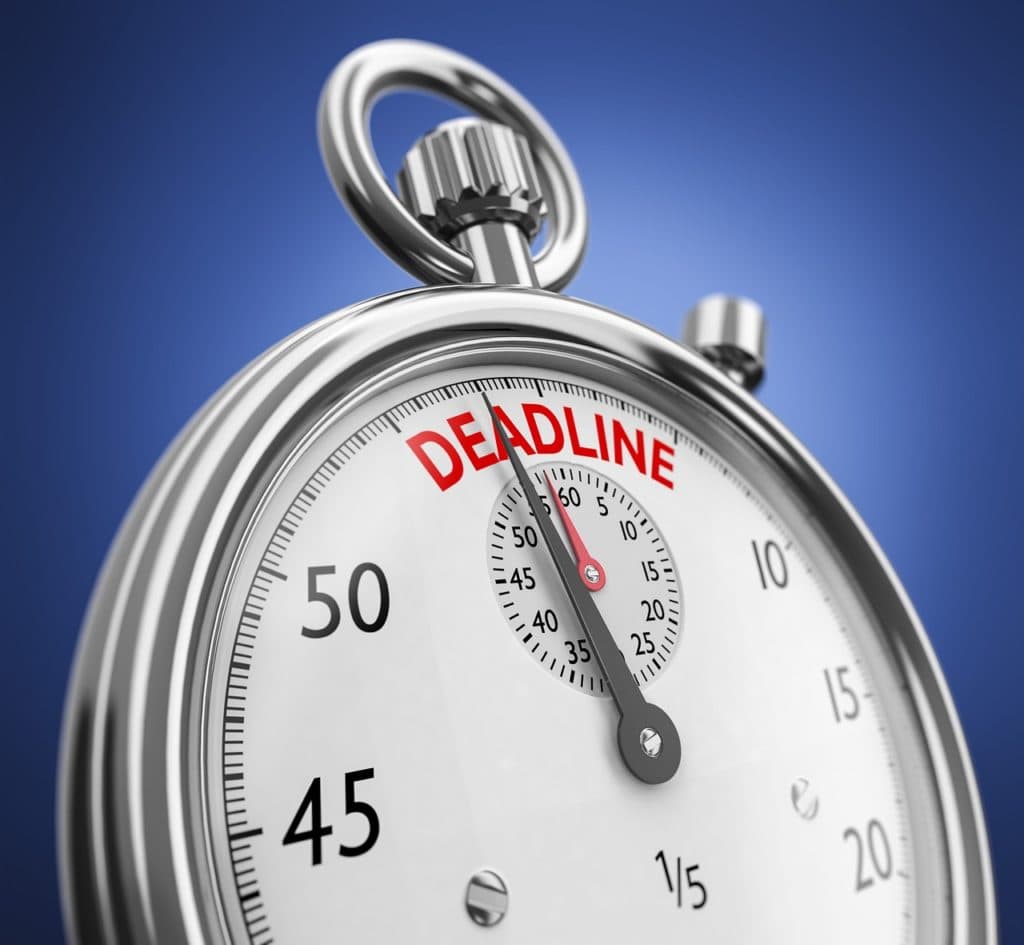By the time a presentation is wrapping up, the audience is more than likely eager for a change of pace—even if the session was interesting and informative. Even the most attentive of listeners will hit a wall eventually, oftentimes somewhere around the 20-minute mark. But it’s also customary for speakers or authority figures to take questions following any kind of a presentation.
So, when you’re hosting a Q&A session, you have a distinct challenge ahead of you: Engage and re-engage individual audience members in a meaningful way while answering the group’s most pressing questions. This is where it pays to ask yourself, “What makes an effective Q&A session, anyway?”
Presenters Are Prepared
Some questions will seem to come out of left field. But others will be fairly predictable, provided the presenter anticipated possible queries by putting themselves in audience members’ shoes. One way to do so is by holding a mock Q&A session ahead of time with a few trusted colleagues or peers. This way, there will be fewer chance presenters will feel caught off guard or forced to fumble out an ad-libbed answer to a tough question on the spot.
Presenters must also know their presentation material backward and forward so they can draw on relevant sources without having to search high and low in the heat of the moment. Just as you’ve prepared for the delivery of your presentation, practice answering follow-up questions ahead of time for the best results.
Most Important Queries Get Addressed
If people have lots of questions, it may not be feasible to address every single one. Prioritization is key. The most effective question and answer session will differentiate between a question someone has and a question many people have.
The traditional “pass-the-mic” approach addressed questions in the order in which they were asked; audience members could easily end up asking highly specific or rambling questions, cutting significantly into the overall Q&A time allotment. But now, audience response technology allows participants to send in questions via mobile devices and upvote others’ questions they’d like to see answered. The most pressing inquiries rise to the top, allowing speakers to methodically address them in descending order. This gives respondents more bang for their buck, as the most widely asked questions receive the most consideration.
Time Limit Accounts for Attention Span
There’s no magic increment when it comes to how long a Q&A session should be. But one thing is clear: question-and-answer sessions are least effective when they’re treated like a brief afterthought worth no more than five or 10 minutes of time. When Q&As feel rushed or thrown together last minute, the audience tends to check out almost immediately. The only way to truly sustain audience attention span and participation is to treat the Q&A with just as much care and attention to detail as you do the “meat” of the presentation or speech.
Some experts actually recommend setting aside approximately half the total length of the presentation for the follow-up Q&A. Thus, a 40-minute presentation would necessitate 20 minutes of quality Q&A.
Allow Space for Reactions, Too
Many audience members will have queries in reaction to whatever the presenter has said. But some people will have reactions, and these can be just as useful in kick-starting a rich discussion. So, the final tip is to solicit reactions just as you do queries. Again, audience response technology now allows participants to contribute their thoughts in several formats.
What makes an effective question-and-answer session? Prioritization, preparation on behalf of the speaker and room for contributions in multiple formats will go a long way in making the session a success.
Image credits





